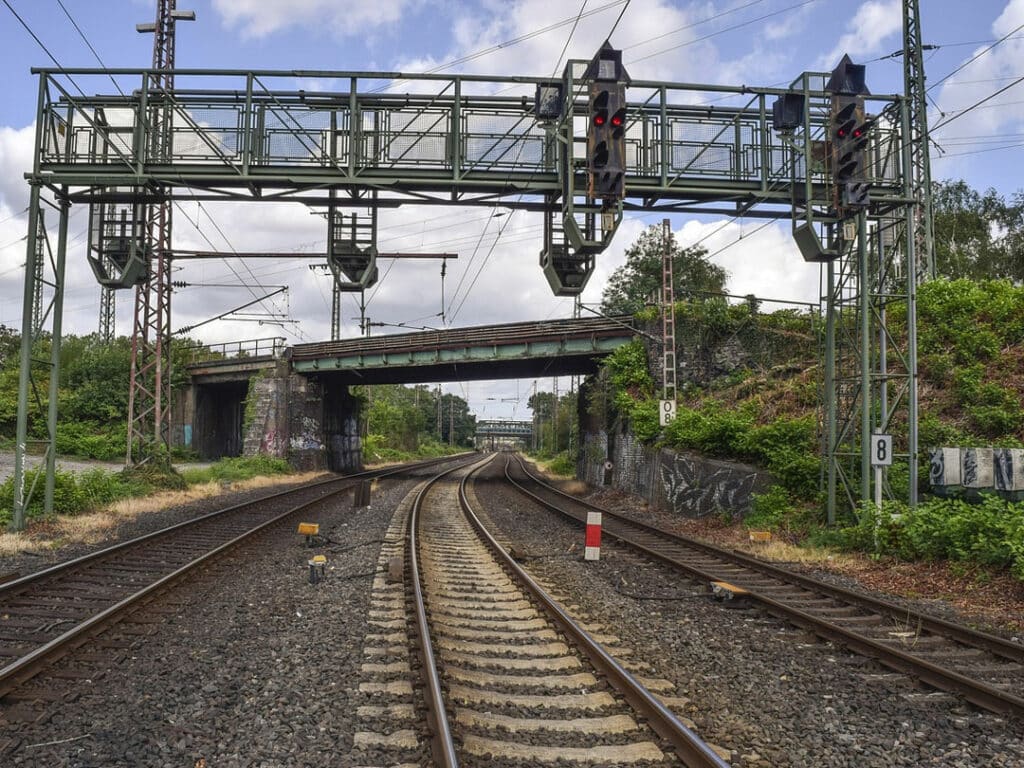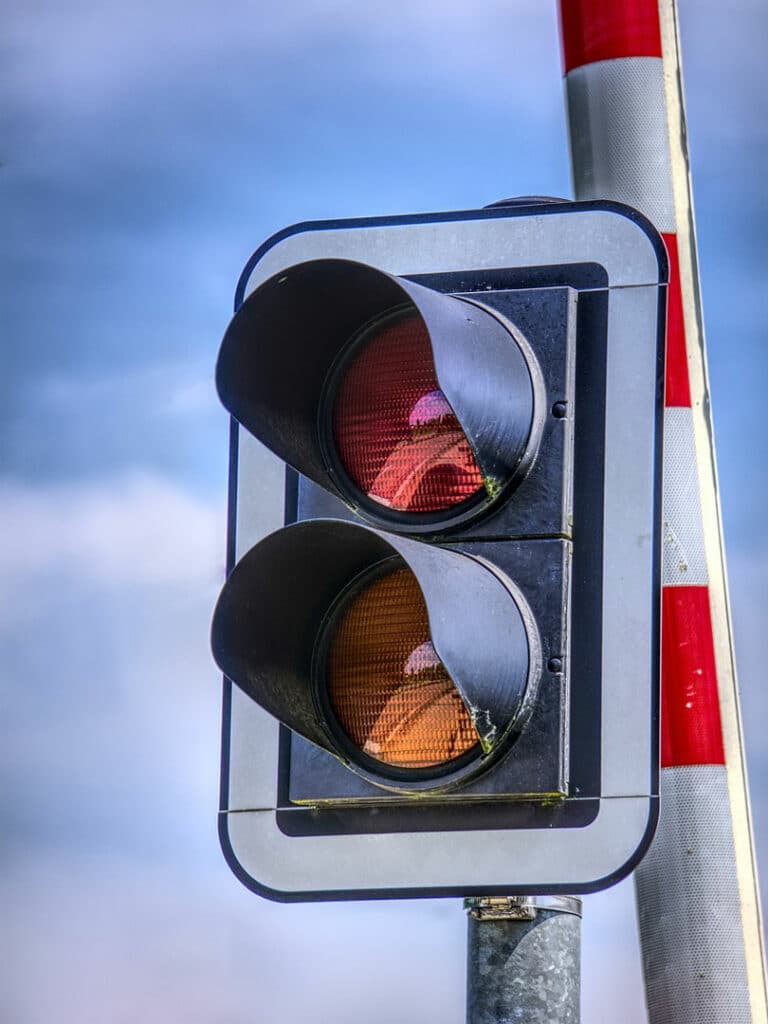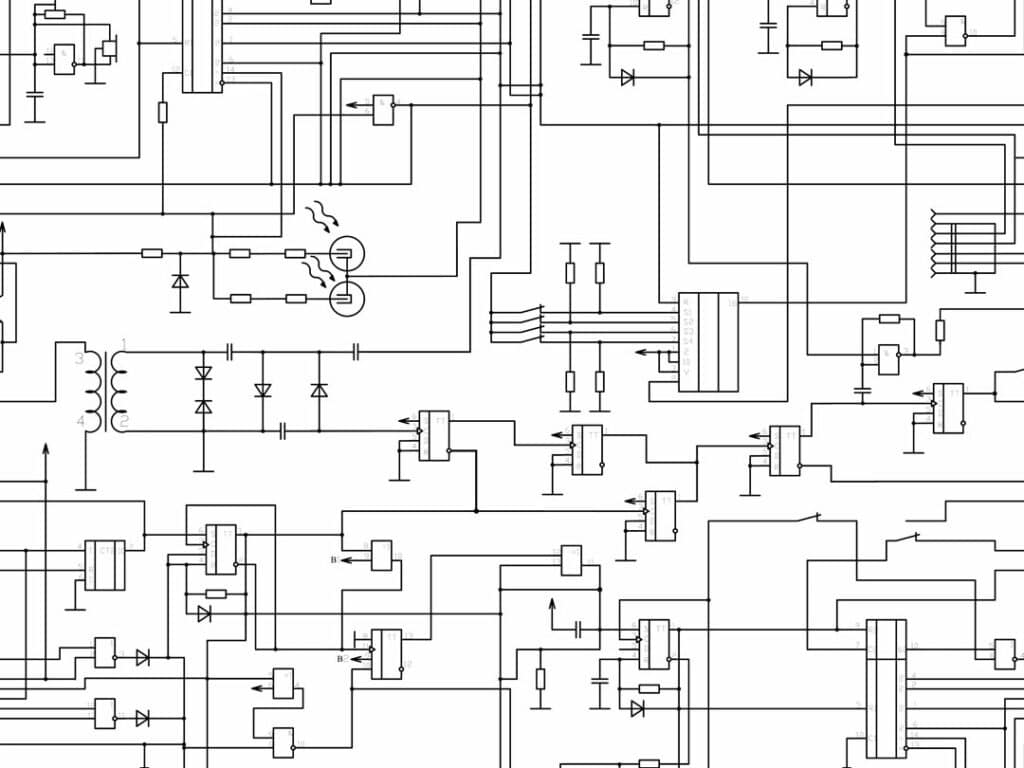Across the rail network, ensuring the safety of passengers and the smooth operation of trains is paramount. Rail safety depends on accurate signalling and power supply and therefore accurate and comprehensive documentation. One critical component in this regard is the railway wiring diagram. This blog explores the significance of railway wiring diagrams in enhancing rail safety, highlighting their role in train wiring, track fault detection and overall operational efficiency.
Importance of Rail Safety
Rail safety is a crucial concern for rail operators and passengers alike. Accidents or malfunctions in the railway system can lead to devastating consequences and risk to rail workers, passengers and the wider public. In order to mitigate these risks it is essential to have robust safety protocols in place. Documentation plays a key role in this process, providing a detailed blueprint of the railway infrastructure. The railway wiring diagram, in particular, offers an invaluable resource for understanding and managing the complex electrical network that powers trains and key safety signalling systems up and down the country.
Railway Wiring Diagrams – Understanding the Basics
A railway wiring diagram is a comprehensive schematic representation of the electrical connections within the railway system. It illustrates the intricate network of wires, cables, connectors and other components that facilitate the transmission of electrical power and signals throughout the rail infrastructure. The diagram provides a clear visual representation of how various elements in a unit are interconnected, including traction power systems, signalling systems, train control systems and other vital subsystems.
The importance of the railway wiring diagram
The production of accurate and comprehensive power and signalling diagrams are included in many of Network Rail’s catalogue of standards. It serves as a crucial reference for engineers, maintenance personnel, and technicians involved in the design, construction, operation, and maintenance of the rail system. The catalogue of Network Rail standards specifies detailed requirements of signalling power distribution diagrams in order to allow safe isolation for a range of purposes including, but not limited to, maintenance, operational planning, emergency works, recoveries and signalling installation.
Efficient train wiring is essential for safe and reliable rail operations. The railway wiring diagram allows for a comprehensive understanding of the electrical connections specific to each train, supply point or to each signal point. By providing an overview of the power supply, distribution, and control circuits, the diagram aids in the identification and troubleshooting of electrical faults.
Ensuring the correct capacity

Accurate diagrams show exactly which components are required within a signalling power unit and how they should be connected safely. With the variability in current and voltage due to the presence of transformers, such diagrams can also assist with power or voltage drop and heating calculations – a key component of a safe railway power and signalling system. This ensures the units do not become short-circuited, overloaded or overheated – both of which pose an electrical fire risk and electrocution risk.
Railway Track Fault Detection and Maintenance

Timely detection and rectification of faults in the railway track is crucial for ensuring safe and uninterrupted train operations minimising the cost to the train companies as well as timely departures and arrivals for passengers.
An accurate railway wiring diagram facilitates the identification of track-related electrical faults that are a key to rectifying when it comes to rail safety. By cross-referencing the track circuitry with the wiring diagram, maintenance teams can refer to the diagram to pinpoint the exact location of the fault and locate specific wires or components, enabling quicker repairs and reducing downtime. This proactive approach minimises service disruptions and reduces the risk of accidents caused by faulty track circuits.
Furthermore, the wiring diagram helps in planning preventive maintenance schedules, ensuring regular inspections and timely replacement of components, thereby increasing the overall reliability and safety of the rail system. Additionally, the wiring diagram assists in the installation of new train systems or modifications, ensuring compatibility and proper integration with the existing infrastructure.
Keeping signals going strong

As well as assisting with the detection of track faults, wiring diagrams are of paramount importance to resolving signalling failures. Railway signalling consists of multiple components including interlocking, control systems, train detection systems, trackside traffic light signals and in-cab displays, that all play a role in keeping the trains and their passengers by preventing collisions. Signalling failures can cause a train to be held up at a red light when no obstruction is present, leading to long and costly delays. In some cases it could even mean that a red light isn’t shown to a train that needs to stop, creating a scenario where a collision is possible with potentially catastrophic consequences.
Either way, it is critical that signalling faults are restored as quickly as possible, an accurate wiring diagram can help technicians to find and fix any faults or faulty components, often before they are even picked up by train drivers.
Predict and prevent failures
More importantly than finding the failures when they occur is being able to accurately predict and prevent them. By keeping accurate records, documenting past failings and using high-spec wiring diagrams the industry are now looking instead at trying to prevent as many of the tens of thousands of signalling failures that afflict rail passengers each year as possible. Predicting and fixing faults before they become issues will make the railway safer as well as improving passenger satisfaction and reducing operating costs.
How we can help at RSP
Here at RSP we provide state-of-the-art wiring diagrams with all of our railway signalling designs carried out by our Institute of Railway Signalling Engineers (IRSE) qualified team that meet all the required Network Rail standards. Contact us for all of your rail signalling design needs to see how we can help you today.
Railway wiring diagrams play a pivotal role in enhancing rail safety, offering a wealth of information for effective train wiring, track fault detection, and maintenance. By providing a detailed representation of the electrical connections within the railway system, these diagrams empower engineers and maintenance personnel to identify and resolve electrical faults swiftly and accurately. As technology continues to evolve railway wiring diagrams will continue to be an essential tool for the railway industry, ensuring safer journeys and more reliable transportation for passengers around the world.

